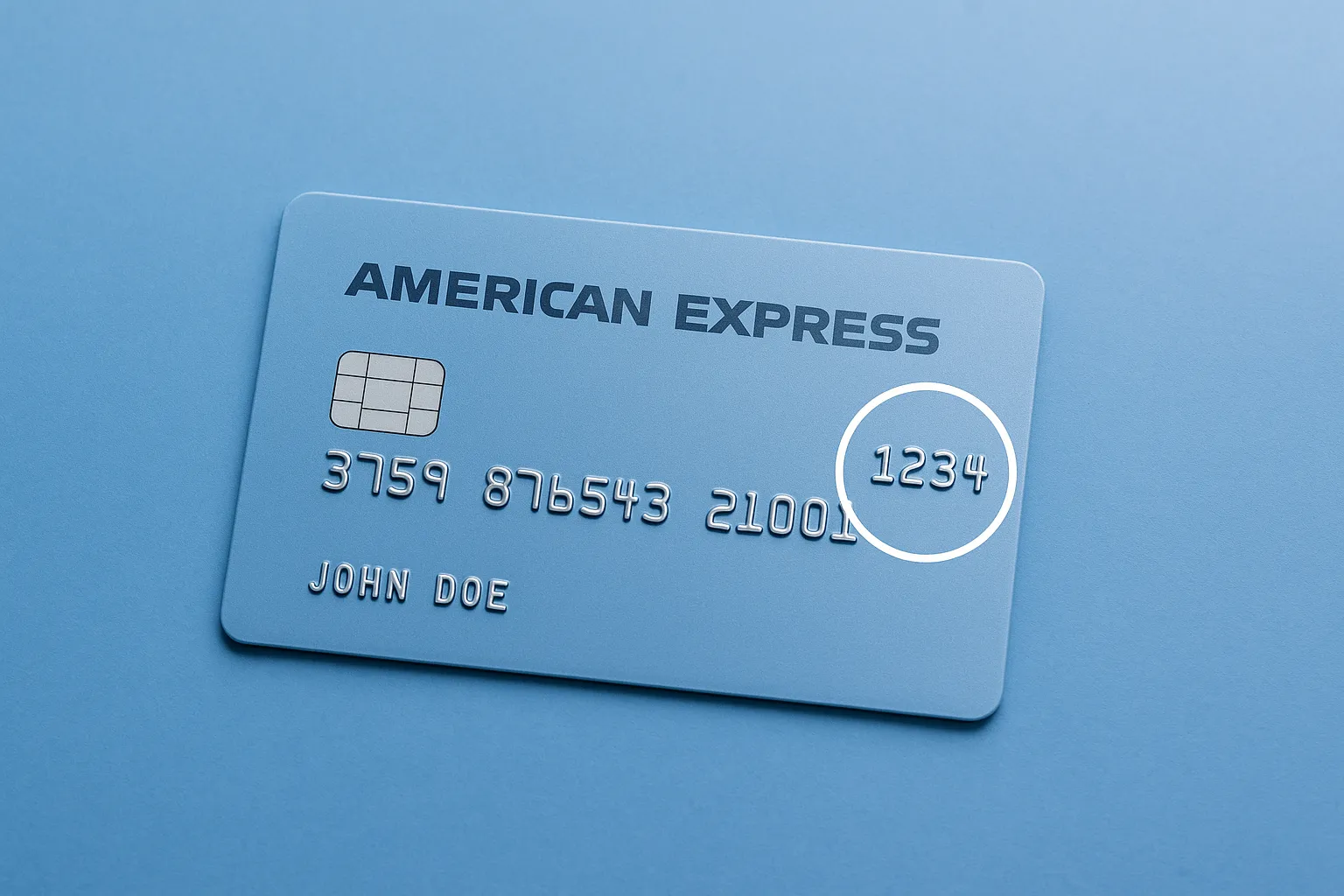Where Is the CVV on Amex? Find Your 4-Digit CID
Where Is the CVV on Your American Express Card?
Finding the four-digit security number on your American Express card—the CID—is simple: while Visa and Mastercard hide their three-digit codes on the back signature strip, Amex places its CID on the front, just above your account number. That front-of-card placement isn’t for looks only—it’s a fraud prevention mechanism that only the physical card owner can see.
Table of Contents
- What is the CVV/CID?
- Front-Facing Placement: A Security Play
- Finding Your Amex Security Code in a Flash
- Tips for Protecting Your CID
- Expert Insights & Interesting Facts
- Frequently Asked Questions
- Conclusion
What is the CVV/CID?
Every payment card carries a hidden security code—sometimes called CVV, CVC or CID—printed (but not embossed) separately from the main card number. This code was introduced in the mid-1990s to curb fraud in card-not-present transactions. On Visa and Mastercard, you’ll spot a three-digit CVV2 on the back, next to the signature panel. American Express flipped the script in 1999, rolling out a four-digit CID stamped on the front to make it instantly visible if you’re holding the card in your hand.
Front-Facing Placement: A Security Play
By hot-stamping the CID on the front panel over the embossed account number, Amex makes any tampering—scraping or lifting the code—plainly apparent. Meanwhile, skimming devices that read only the magnetic stripe won’t pick up these four digits, since they’re never kept on the stripe. It’s a silent but potent deterrent.
Finding Your Amex Security Code in a Flash
Pull out your Amex card from your wallet, put it down face up, and look just above the last five embossed numbers—that’s your CID. When checkout cues still refuse a three-digit entry, that’s the cue: Amex wants to enter those four front-of-card digits, not the back-of-card strip code. This position is set in all Green, Gold, Platinum and Centurion card designs.
Tips for Protecting Your CID
Never email or text your CID—those channels aren’t end-to-end encrypted. Keep your card upside-down so passing glances at crowded checkout lines won’t reveal the code. If you suspect someone skimmed or photocopied your CID—perhaps from a photo or a skim—call Amex and request that they replace it; each new card has a new CID that deactivates the old one.
Expert Insights & Interesting Facts
- As the CID is hot-stamped and not embossed, any tampering attempt leaves scratches that are easily visible.
- Skimming devices that steal magnetic stripe data can’t read the CID, since it’s never stored there.
- Dynamic CVV technology is now being offered on some corporate Amex cards, generating a new security code using the EMV chip every hour.
Frequently Asked Questions
Where is the CVV on an Amex card?
The four-digit CID on the American Express card can be found on the front, above your account number.
Why does Amex put the CVV on the front?
Front placement makes it visible only to someone holding the card, adding a layer of fraud protection that back-of-card codes can’t match.
Can I find a three-digit CVV on my Amex card?
No. Amex uses a four-digit CID on the front. There’s no three-digit code on the back like you see on Visa or Mastercard.
What if I can’t locate my CID?
Check on the front just above the last five digits. If it is still nowhere, phone American Express to have a replacement card mailed—your previous CID will no longer work.
Conclusion
Locating the Amex CID is simpler than flipping your card over and looking above your account number. That prominent code is a fundamental element of Amex’s security architecture, so you can only be sure of it when you’re holding the actual card in hand to make a card-not-present transaction. Be gentle with it, and you’ll enjoy faster checkout and stronger fraud protection with every use of your card.




